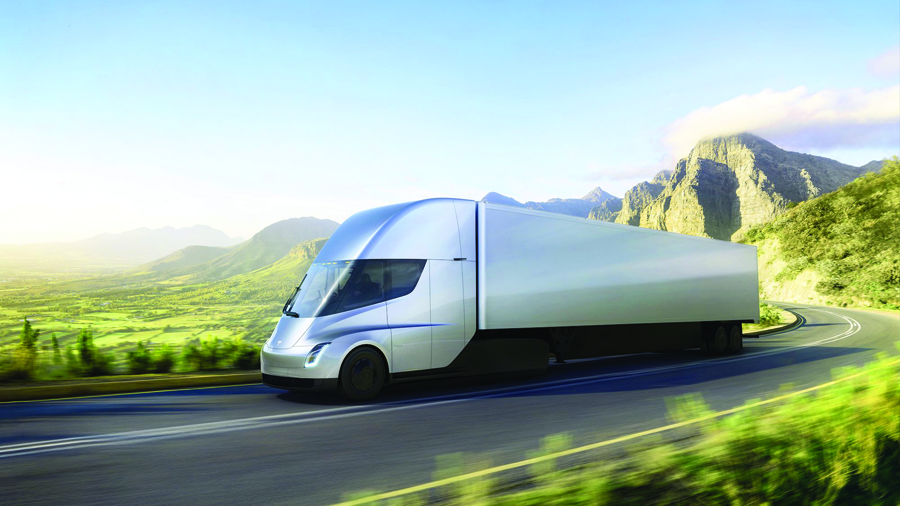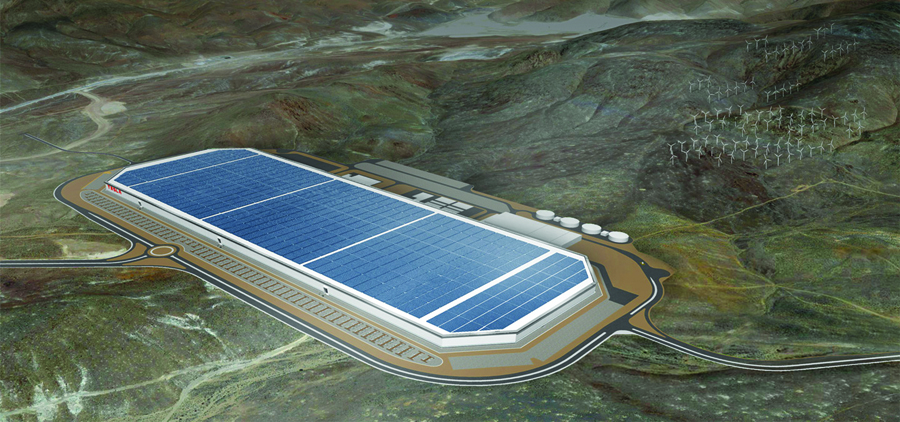Electrifying Time For Tlįcho Road
Proposed Highway Awaits Results of Environmental Assessment

Within the next few months , the GNWT and Tlįchǿ Government will learn the fate of their jointly proposed Tlįchǿ All-Season Road from Behchoko to Whati.
While the Mackenzie Valley Environmental Impact Review Board considers the evidence it heard during its recently conducted hearings on the planned development, one thing is clear – support for the project is high in the community.
A survey conducted in Whati and presented to Chief and Council about one month prior to the environmental hearings collected the opinions of more than 15 per cent of residents. Among those who shared their opinion, some 82 per cent said they were in favour of the build going ahead while only 14 per cent were opposed. The remaining respondents were undecided.
These facts were presented to Review Board members and were confirmed by the testimony of many residents who testified during the three-day hearing.
On the first morning of the hearing, Whati elder Jimmy Rabesca addressed the Board through a translator and made it clear how he and others felt about the potential 97-km gravel road, which would finally connect his community to the NWT highway system and by extension the rest of Canada.
“We don’t have road. It’s too costly here. Everything’s expensive here. If we get [an] all-weather road, everything that expensive will … may go cheaper,” he said. “That’s all we talk about; it’s better for us to have that road … we all have kids, we all have daughters and sons; we just want to — them to have a good future. We’re talking about that all-weather road now … We’re not going to say we don’t want that all-weather [road].”
The Tlįchǿ Government and GNWT have together championed the need for the road and proposed to build it through a Public-Private Partnership (P3) arrangement. And while the territorial government is formally considered the developer for the purposes of the assessment, it would be a private contractor that would actually construct and maintain the road should it advance. Ironically – thanks to the settled Tlįchǿ Land Claim Agreement and Devolution – it will be the same two entities, the Tlįchǿ and the GNWT, that are responsible for signing off on the Review Board’s Report of Environmental Assessment later this year.
It would be hard to imagine a scenario where they flat out reject their own plan.
Even the federal government is onside having already pledged to contribute 25 per cent of the route’s anticipated $150 million price tag through the P3 Canada Fund.
“An economic catalyst, completion of the Tlįchǿ All-Season Road, will significantly improve the lives of local residents,” said NWT MP Michael McLeod. “The all-weather road will provide Whati residents with year round access to employment opportunities in the south, the ability to purchase goods and services at significantly cheaper rates and increase the attractiveness of the area for development.”
As part of the P3 process, three potential private partners have been shortlisted with a formal request for proposals expected to close early this year. What makes the route such an attractive investment for the private sector is the opportunity to collect tolls from the commercial traffic using the highway over the next few decades.

Would Trigger NICO Mine
Should the road get the approvals it needs to advance, it will likely mean Fortune Minerals’ already approved polymetallic NICO mine would also move forward to construction.
“The Tlįchǿ All-Season Road is a critical enabler for Fortune Minerals’ NICO mine operations and will allow the company to truck metal concentrates south to the rail head at Hay River for railway delivery to its proposed refinery in Saskatchewan for downstream processing to value added products,” said Troy Nazarewicz, Investor Relations Manager for Fortune Minerals.
Fortune has already said it won’t wait for the road to be built to break ground on the new mine. In an August update about its 2017 field activities, the company explained it is planning to move forward with construction as quickly as possible.
“While environmental work was carried out at NICO this summer, Fortune was also able to improve and expand roads and lay-down areas at the mine site in preparation for the arrival of supplies and materials on the winter ice road,” the company said in a media release. “Fortune plans to conduct the first year of construction of the NICO mine using winter road access while the GNWT Department of Transportation constructs a new all-weather gravel road to Whati.”
The company is also in the process of negotiating a Socio-Economic Agreement with the GNWT, a prerequisite to any modern mining development in the territory.
The company still needs to raise approximately $600 million to build the mine and related infrastructure – including the approximately 50-km spur road linking NICO with the new highway, but it’s hard at work searching for those funds. Fortune has engaged PricewaterhouseCoopers Corporate Finance to help secure financing for construction.
“Fortune plans to secure these funds through a combination of strategic partnerships, conventional and supplier debt, product off-take and/or forward sales of a portion of the contained gold,” said Nazarewicz.
The company is also in the process of updating the capital and operating costs for the development with a refreshed feasibility study report and has engaged Hatch Ltd. and Micon International Ltd. to assist with this critical task.
The NICO mine would produce cobalt, gold, bismuth, and copper, with cobalt being the true prize given current market conditions. Demand for cobalt has spiked significantly with prices rising at an average of six per cent per year over the last 20 years.
That growth is expected to accelerate further due to its use in lithium-ion batteries, which are needed to power portable electronic devices, electric vehicles and stationary cells to store electricity from renewable energy (primarily wind and solar), and off-peak charging from the electrical grid. Transformative evolution of automobiles from internal combustion engines to electric drivetrains is expected to dramatically impact future cobalt demand, the company explained.
Whereas a typical smart phone battery contains between five and 20 grams of cobalt, electric vehicle batteries usually contain between 4,000 and 14,000 grams.
Tesla’s first US$5 billion, 35 gigawatt-hour (GWh) Gigafactory in Nevada started commercial production in 2017 and will require approximately 7,000 tonnes of cobalt per annum when it reaches full production later this year. More than 16 battery mega-factories are either under construction or consideration, including an even larger 100 GWh plant in China. Exane BNP Paribas is projecting demand will nearly triple to 300,000 tonnes annually by 2025.
Cobalt is also used in superalloys for aerospace applications, high strength alloys for cutting tools and cemented carbides, permanent magnets, surgical implants, pigments, catalysts, and additives in food and agricultural products.
As demand skyrockets, the future supply of cobalt is also at risk due to various factors, including geographic concentration of supply. The Democratic Republic of the Congo is responsible for more than 60 per cent of cobalt mine supply and is a politically unstable country. China controls more than 52 per cent of cobalt refinery production and 85 per cent of refined cobalt chemical supply.
“Ethical sourcing of raw materials has become an issue for the electronics industry because of the use of child labour in some Congolese artisanal mines and concerns about metals being used to finance conflicts under U.S. Dodd-Frank and European Ethical Sourcing legislation,” said Nazarewicz.
An Important Supplier of the Future
The proven and probable mineral reserves for the NICO deposit were determined for the company’s 2013 Front-End Engineering and Design study and 2014 Feasibility Study. They total 33 million tonnes containing 82.3 million pounds of cobalt, 1.11 million ounces of gold, 102.1 million pounds of bismuth and 27.2 million pounds of copper.
The mineral reserves are sufficient to support a 21-year mine life at the 4,650 tonnes of ore per day production rate used in the 2014 Feasibility Study. The study also identified several million tonnes of sub-economic mineralized material that was planned to be separately stockpiled for processing when metal prices may make it more economic to process. Given today’s prices and the positive outlook for cobalt, Fortune is re-evaluating its NICO plans and considering a higher production rate to achieve greater economies of scale and earlier access to the deeper, higher grade parts of the deposit.

